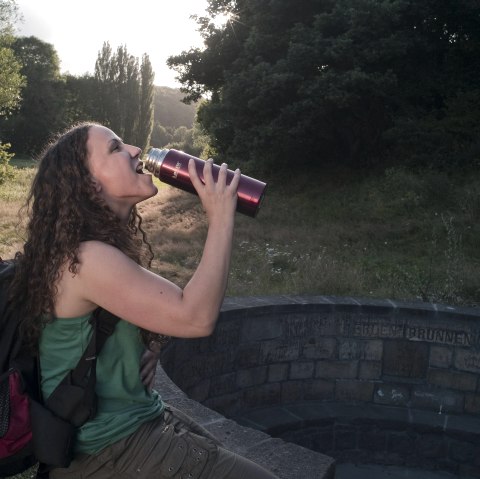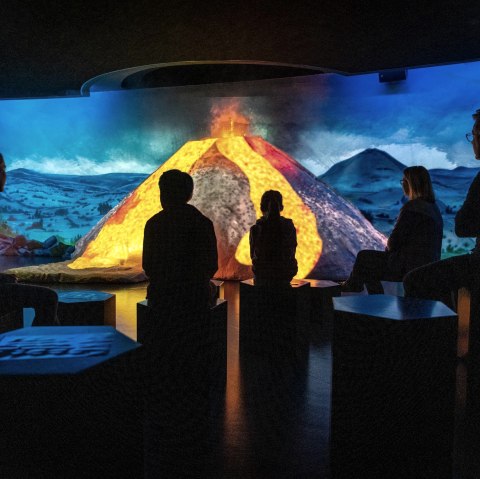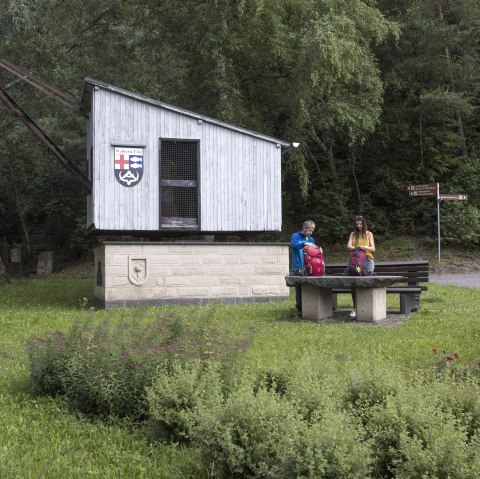Burgruine Wernerseck
Plaidt
The late medieval castle complex was built on the mountain ridge around 1402 by Werner von Falkenstein, Elector and Archbishop of Trier (1388-1418).
The complex was built on the foundation of a much older castle, which, however, was never mentioned in a document.
A mighty, four-story and 25 meter high keep served as the residential tower, the masonry of which is unusually thick at up to three meters.
In the 17th century the castle fell into disrepair and was given up.
In 1955 the local community of Ochtendung acquired the castle and renovated the residential tower, which was in danger of collapsing (2004 - 2007).
Further information: http://www.burgenreich.de/burgruine%20wernerseck%20geschichte.htm
Directions: Wankelsburgweg, 56637 Plaidt - parkinglot under the motorway bridge and then continue on foot













